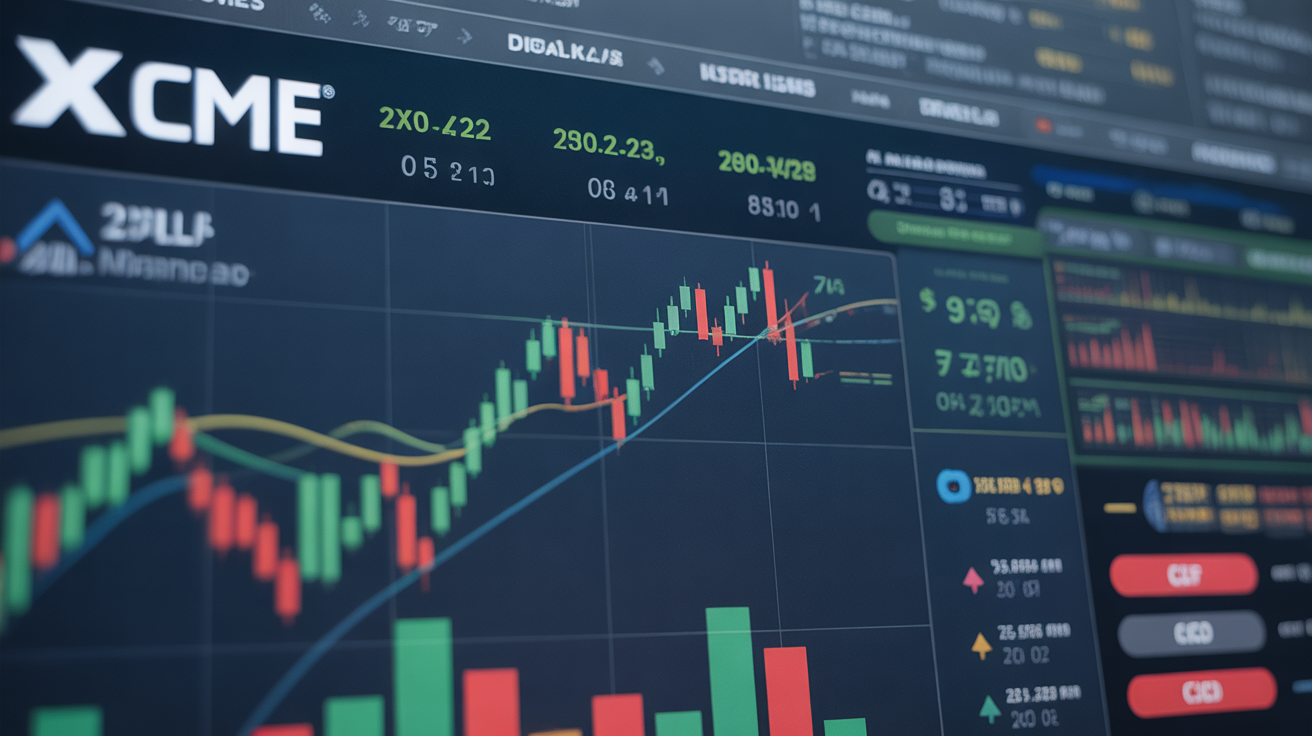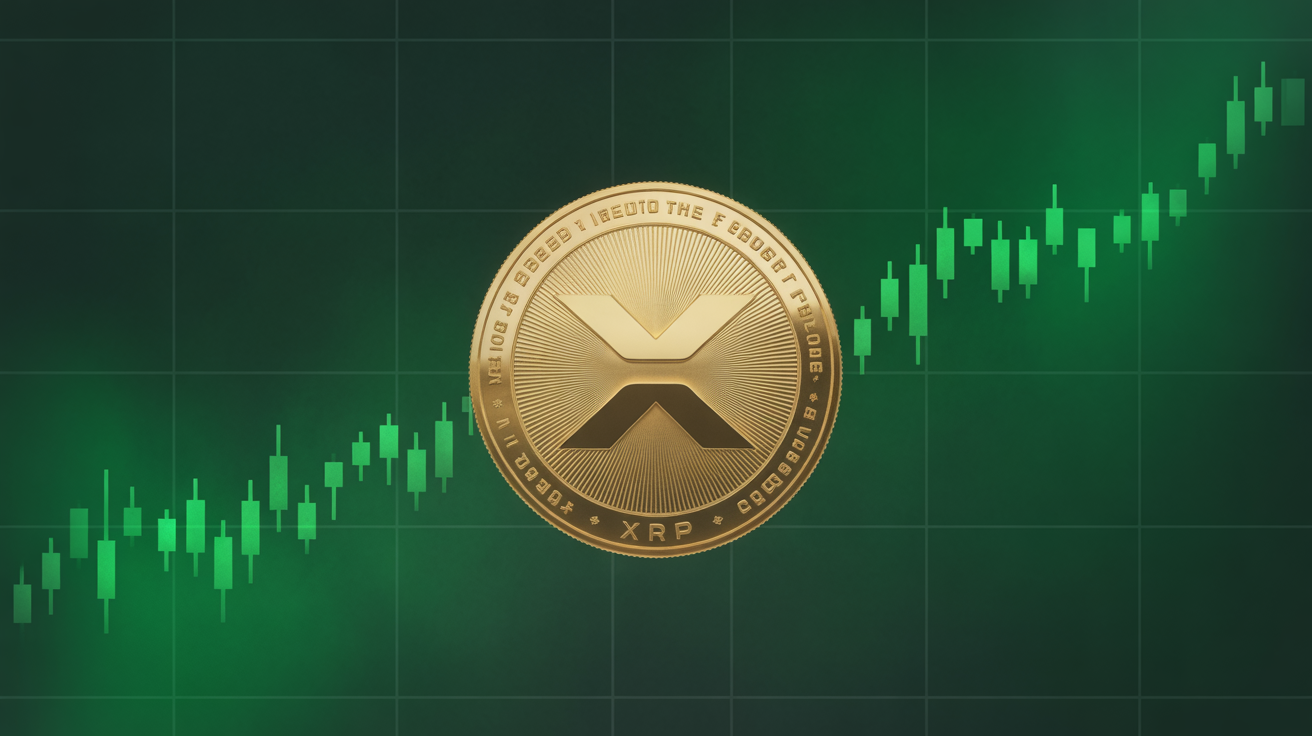Bitcoin’s Defining Moment: Peak of the Cycle or More Upside Ahead?
October 28, 2025
Bitcoin is once again at a pivotal juncture. Historical trends suggest the top may be in, yet current market dynamics and macro conditions imply the rally could still have fuel left.
The question dominating crypto circles is simple: Did Bitcoin peak at $126,500 on October 6, or is another leg higher on the horizon?
Every four years, Bitcoin’s halving reduces its supply issuance by half — a structural event that has historically triggered explosive rallies roughly 12–18 months later. Despite being within that window now, the market has yet to display the hallmark signs of a euphoric, “blow-off” top.
As Bitcoin matures, its market cap and reduced issuance make each halving’s impact smaller over time. Historically, the cryptocurrency’s cycles have followed a pattern of three bullish years followed by one year of drawdown. With 2023, 2024, and now 2025 in positive territory, some analysts warn 2026 could bring a cooling phase.
Still, current indicators suggest the top might not be in. Market sentiment remains far from euphoric, volatility is historically low, and on-chain data shows measured rather than speculative behavior — conditions that rarely coincide with a cycle peak.
Whales and long-term holders have taken profits around the $100,000 level, while dormant coins have moved amid concerns over quantum security and low transaction fees. Historically, these waves of selling end with seller exhaustion, often preceding renewed uptrends.
Unlike Bitcoin’s 2017 and 2021 peaks — both marked by Federal Reserve tightening — this cycle is unfolding under easing conditions. Since September 2024, the Fed has cut rates by over 100 basis points and is expected to lower them another 25 points this week, bringing policy rates near 3.25%–3.50% by early 2026. The Fed is also ending quantitative tightening, signaling a move toward greater liquidity — a backdrop that could sustain risk assets like Bitcoin.
A defining difference this cycle is the emergence of U.S. spot Bitcoin ETFs, launched in early 2024. These products have provided consistent institutional demand, muting corrections to under 20% and stabilizing volatility. The introduction of ETF options has further refined market behavior, allowing for more sophisticated hedging and smoother price action.
Together, these changes have pushed Bitcoin toward maturity as a mainstream macro asset, potentially signaling a break from the explosive, speculative peaks and deep bear markets of earlier eras.
Meanwhile, gold, often viewed as Bitcoin’s inflation-hedge counterpart, has corrected about 10% from its high, while Bitcoin has climbed more than 10% from its October lows — echoing the 2020 setup when gold’s peak preceded Bitcoin’s next major rally.
Despite making new highs in dollar terms, Bitcoin has yet to outperform key benchmarks. It remains below its 2021 peak relative to the Magnificent 7 tech stocks (42 vs. 55) and hovers around 40 ounces of gold per BTC, roughly on par with the last cycle.
Macro risks remain — including U.S.–China trade tensions, a federal government shutdown, and weak manufacturing data — but optimism around Trump’s reshoring push and record AI investment could offset near-term headwinds.
Still, sentiment in crypto markets remains strikingly subdued. Coinglass data shows 16 days of “fear” and just six of “neutral” sentiment in the past month, while volatility hovers near historic lows — conditions rarely found at a market top.
In short, while some believe Bitcoin has already reached its cycle peak, the evidence points to another possibility: a market still mid-cycle, consolidating before one final push higher.












